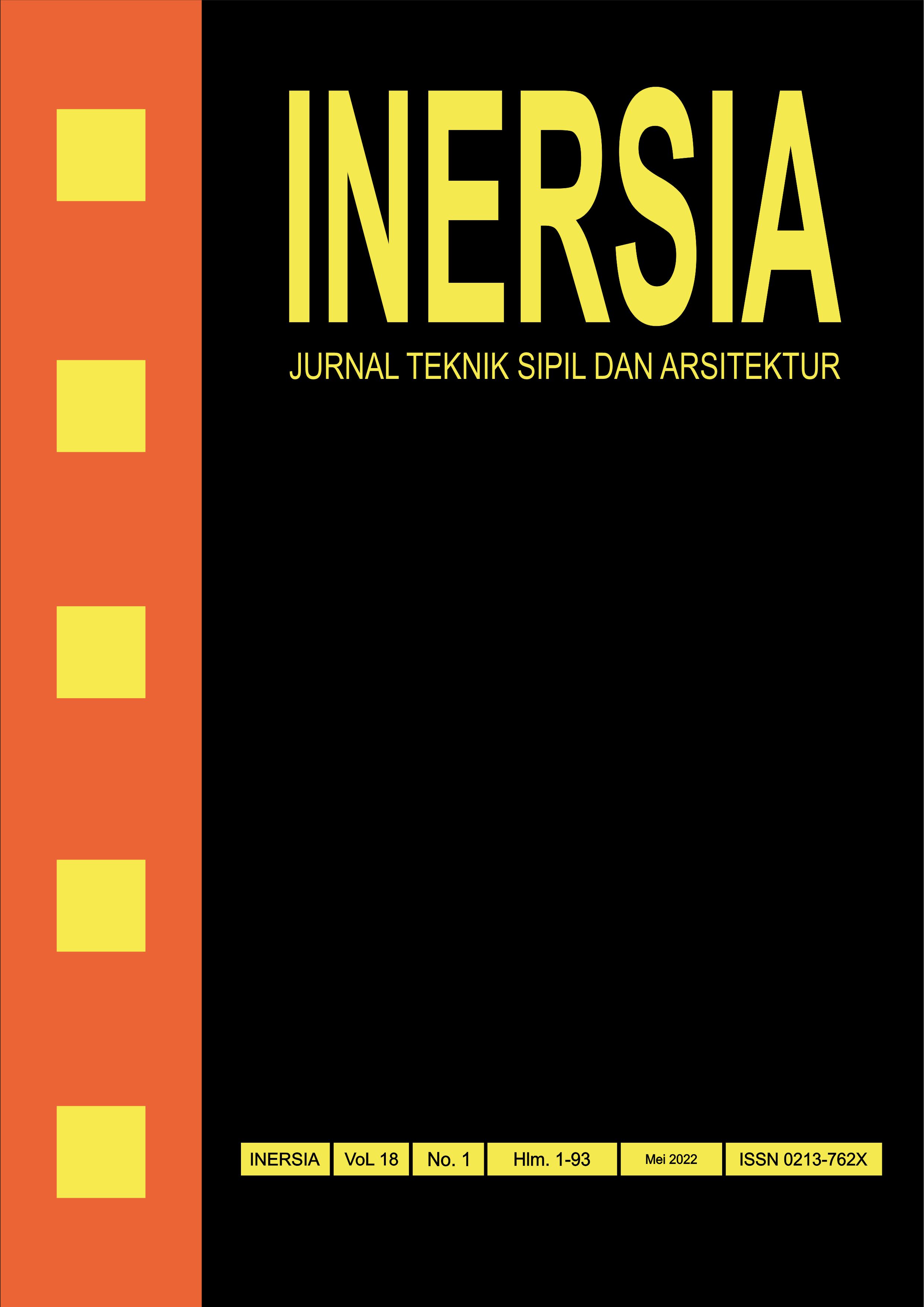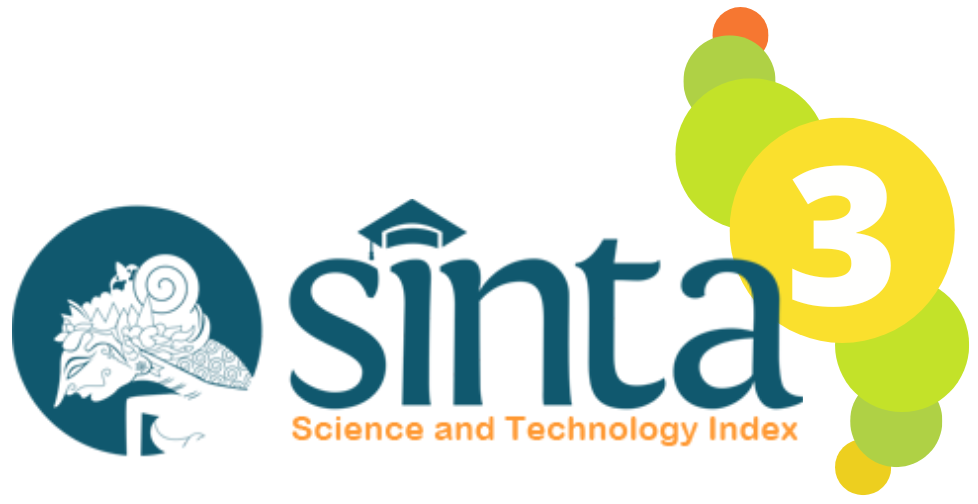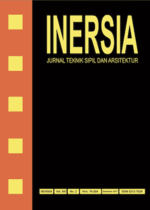Rancang Bangun Sistem Pendeteksi Tsunami (Studi Kasus Selat Sunda)
DOI:
https://doi.org/10.21831/inersia.v18i1.47103Keywords:
Tsunami, Sunda Strait, Sensor.Abstract
Tsunami is not only caused by the strength of tectonic earthquakes with the dislocation of the seafloor, but also by landslides /rocks in shallow waters, or the relatively large fall of meteors/ celestial bodies. Unlike other tsunamis caused by slab collisions, tsunamis in the Sunda Strait tsunami caused by high tides and underwater landslides due to the eruption of krakatoa. Tsunami due to the eruption of Mount Anak Krakatau threatens at any time so that technology is needed to be able to help the community and BMKG monitor activities in the Sunda Strait so as to provide security and comfort of the surrounding residents. Therefore, research was made to measure the height of waves to detect high waves causing tsunamis in the Sunda Strait. In this research, Tsunami detection system using electrical circuits in its testing with submersible sensors as a wave height reader. The result of the sensor height readings read by the sensor in the process uses a Resberry-Pi microcontroller. The height limit set on the sensor produces siren sounds and sends short messages sent to residents of coastal communities of the Sunda Strait. The results showed that the tsunami detection system managed to read the water level in real time accurately according to the calibration equation. The water level reading tool set by the limit is 2 meters with the length of the wave using a maximum time of 90 seconds. The device will send a short message and produce a siren sound when the wave reaches a height of 2 meters for 90 seconds in a row. Sending messages takes 2-5 seconds, if there is a tsunami due to the eruption of Mount Anak Krakatau the evacuation time to the safe zone for coastal communities of the Sunda Strait is still affordable and safe.References
Chanson, H., 2006. Tsunami Surges on Dry Coastal Plans: Application of Dam Break Wave Equation. Coastal Engineering Journal. Word Scientific Publishing Company and Japan Society of Civil Engineers. Vol. 48. No. 4.
pp. 355-370
Goto, C., Ogawa, Y., Shuto, N. & Imamura, F., 1997. Numerical Method of Tsunami Simulation with Leap-Frog Scheme. France: IOC Manual: IUGG/IOC Time Project, UNESCO.
Imamura, F., Yalciner, A. C. & Ozyurt, G., 2006. Tsunami Modelling
Manual (TUNAMI Model). Sendai, Japan: Disaster Control Research Center, Tohoku University.
Sms Tsunami Warning, 2016. Tsunamis: run-up and inundation.
[Online] Available at: http://www.sms-tsunamiwarning.com/pages/runupinundation [Accessed: May 28,
.
Stasiun Geofisika Klas I Kupang, 2016. Informasi Gempa Bumi di
Wilayah Nusa Tenggara Timur. Kupang: Stasiun Geofisika Klas I
Kupang.
Triatmadja, R., 2009. Model Matematik Teknik Pantai, Menggunakan
Diferensi Hingga dan Metode Karakteristik. Yogyakarta: Beta Offset.
Triatmadja, R., 2010. Tsunami, Kejadian, Penjalaran, Daya Rusak dan Mitigasinya. Yogyakarta: Gadjah Mada University Press.
Triatmadja, R., 2015. Numerical Simulation of an Evacuation from
a Tsunami at Parangtritis Beach in Indonesia, Science of Tsunami
Hazard. Journal of Tsunamy Society International. Vol. 34. No. 1. pp. 54-57.
Triatmodjo, B., 1999. Teknik Pantai. Yogyakarta: Beta Offset.
Yudhicara dan K. Budiono, 2008, Tsunamigenik di Selat Sunda: Kajian terhadap katalog Tsunami Soloviev
Suryana Prawiradisastra, 2005, Penyebab Timbulnya Bencana Gelombang Tsunami di Wilayah Selat Sunda dan Upaya Penanggulangan
Pirngadi. 2013." Raspberry Pi", Jurnal Tentang Raspberry. https://www.raspberrypi.org
Downloads
Published
How to Cite
Issue
Section
License
Authors who publish with INERSIA journal agree to the following terms:
- Authors retain copyright and grant the INERSIA journal right of first publication with the work simultaneously licensed under Creative Commons Attribution License (CC BY 4.0) that allows others to share the work with an acknowledgment of the work's authorship and initial publication in this journal.
- Authors can enter into separate, additional contractual arrangements for the non-exclusive distribution of the published version of the work (e.g., post it to an institutional repository or edit it in a book), with an acknowledgment of its initial publication in this journal.
- Authors are permitted and encouraged to post their work online (e.g., in institutional repositories or on their website) before and during the submission process, as it can lead to productive exchanges, as well as earlier and greater citation of published work.

INERSIA by https://journal.uny.ac.id/index.php/inersia was distributed under a Creative Commons Attribution 4.0 International License











